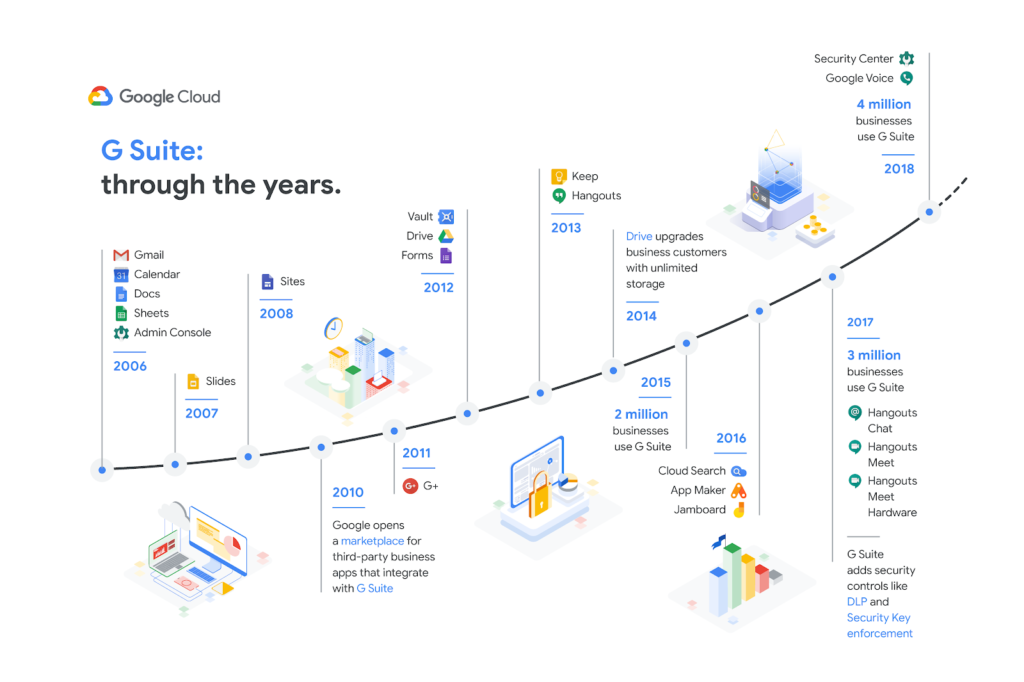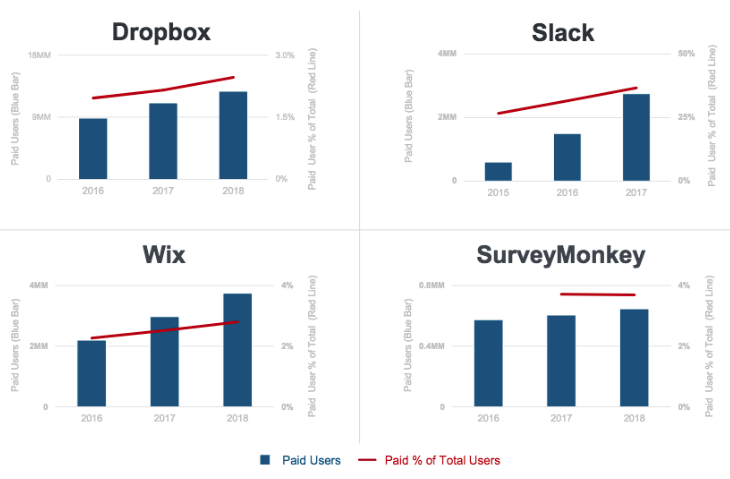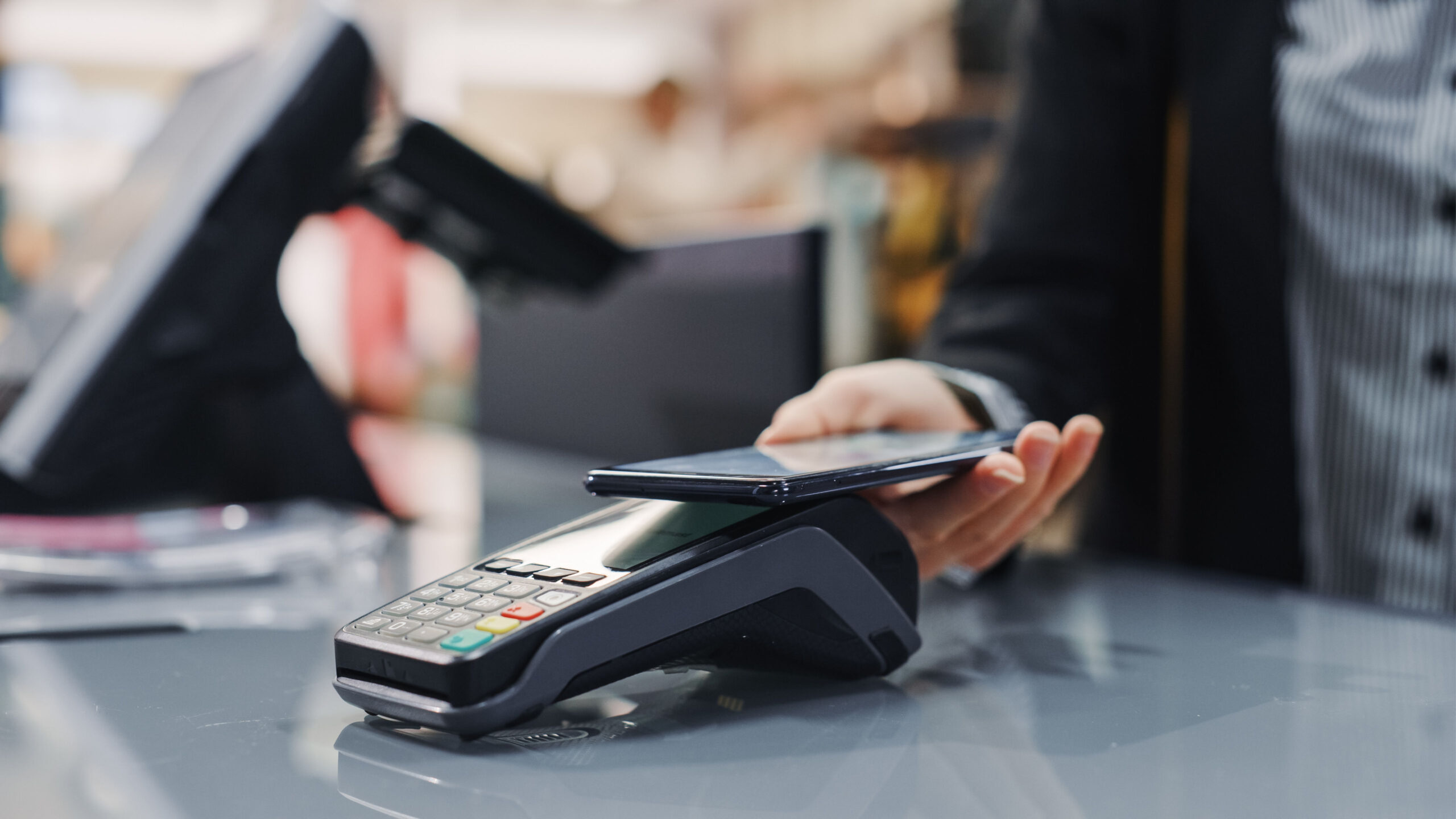Freemium Models Still Going Strong–and More Consumers Choose to Pay
The 2019 Internet Trends Report by Mary Meeker is out (see DisCo’s post on other notable trends here), and one of the trends that the report highlights is the evolution of the “freemium” business model. “Freemium,” which combines “free” and “premium,” refers to the business model where users can access basic services for free, then are nudged pay for access to premium services. The report points out that the freemium model, which became popular in gaming, has expanded to enterprise tools and consumer-generated content services in recent years. Another notable trend in the report is that the share of consumers who pay for premium versions of the service has gradually increased over the years.
Gaming
The freemium model, according to the Meeker Report, was initially prominent in gaming. Users would be able to play games with others for free. They would later be prompted to purchase the premium version for an enhanced user experience. RuneScape, a fantasy multiplayer online game first released in 2001, was one of the early adopters of this model. Users could create an account and play for free, but certain advanced features, “power-ups,” and special content would be reserved for premium players. Because of the capabilities granted to premium members, premium players would likely dominate basic players. Those hoping to advance to a higher level and compete with others would be incentivized to subscribe for premium content. RuneScape has generated $800M in revenue this way over a 17 year life-span. There are other variations of how games generate revenue under the “free to play” model. Some charge users additional micropayments to use a premium feature for a limited time (i.e. Clash of Clans). Others charge for cosmetic upgrades or for certain collectible items (i.e. Fortnite, League of Legends, Heroes of the Storm, Hearthstone). A report by SuperData estimated that free-to-play games, including both mobile and PC games, accounted for 80% of the $110-billion global revenue of the gaming market in 2018.
Enterprise Products
The freemium model has recently also gained traction among productivity and collaboration tools that are upsold to enterprises. G Suite, Skype, LinkedIn, Dropbox, Wix, SurveyMonkey, and Slack, among many others, fall into this category. Examining the example of G Suite, which as of 2018 serves four million businesses, Google first released Gmail in 2004 as a free email service. Any individual could sign up for free and have 1GB of storage space. Google then released G Suite in 2006 as a paid-for cloud-computing, productivity, collaboration tools and software package, specifically targeting enterprises. G Suite accounts today have multiple tiers with different pricing: Basic, Business, and Enterprise, as well as configurations for Nonprofit, Education, or Government organizations. Both the consumer version and the enterprise versions allow access to Google Docs, Sheets, Slides, Hangouts, Calendar, and more. The key difference from the consumer version is that G Suite provides user management admin features across multiple users, enhanced security, and bigger cloud-storage capacity—which is essential for enterprises with more than just a couple collaborators. The hard ceiling on storage space, in particular, drives small businesses to opt-in to the premium service. In making their free version with the most essential functions widely available for personal use, Google, along with Skype, LinkedIn and others that employ this business model, may think that their free versions do not necessarily cannibalize their premium-tier product for enterprises.
Source: David Thacker, New pricing for G Suite Basic and Business Editions, Google Cloud (Jan. 16, 2019), https://cloud.google.com/blog/products/g-suite/new-pricing-for-g-suite-basic-and-business-editions.
Consumer Products
The emergence of products for enterprises does not mean there has been a dearth of freemium products up-sold to consumers. Beyond gaming, the freemium business model is also employed by a wide variety of businesses that offer personalized services to consumers, such as music-sharing services like Spotify, video-streaming services like Hulu, and design tools like Canva. The Meeker Report categorizes these intermediary platforms as “consumer” services, in contrast to those that cater to enterprises. The basic versions of the free services allow users to connect on the platform or share content. The premium user experience often allows for no ads, more content, and higher quality services. Spotify, for instance, allows ad-free, offline music listening for a monthly fee of $9.99 for the main Premium Plan or $14.99 on the Family Plan (up to five users). Spotify now has $5 billion in revenue and 71 million paying users and that number has been increasing.
More Are Going Premium
The interesting trend across all the different freemium model businesses discussed above is that their customers are opening up their wallets. The Meeker Report points out that a greater percentage of users, consumers and enterprises alike, are opting to purchase the premium version of the services they use.
Source: Meeker Report: Internet Trends 2019, Bond Capital (2019), https://www.barrons.com/articles/mary-meeker-2019-report-51560278954.
The statistics from the Meeker Report confirm that the freemium model is here to stay. The benefit of the model is that businesses can generate traffic then convert that traffic into a paying customer base. If the additional value provided by the premium service does not resonate with customers, then they would opt to use the free version and ultimately not pay. The increasing percentage of paying users of freemium services indicates that businesses are offering appealing, much-needed services—or at least eliminating a potential source of annoyance (i.e. ads) for the end user. The proliferation of cloud services is also enabling developers to build platforms that could handle traffic generated by free services. Having more efficient digital payment systems (i.e. peer-to-peer transactions, QR codes, transfer via mobile messaging apps) means that users can pay and businesses can charge without hassle. In light of these technological developments, the question is what form will the freemium model take next?
Karen Kim is a Law Clerk at the Computer & Communications Industry Association and a J.D. Candidate at Columbia Law School, expected to graduate in 2021.










